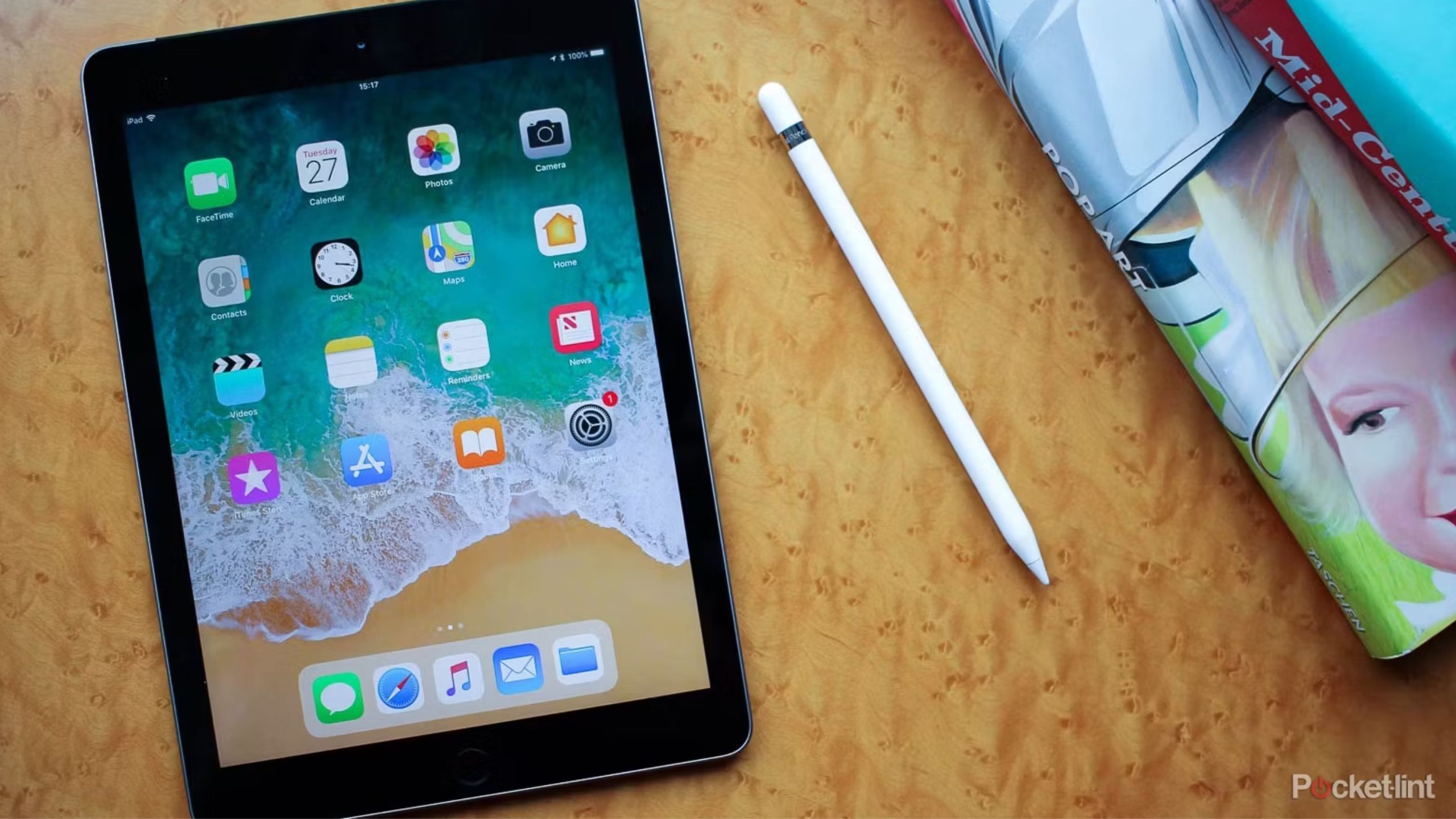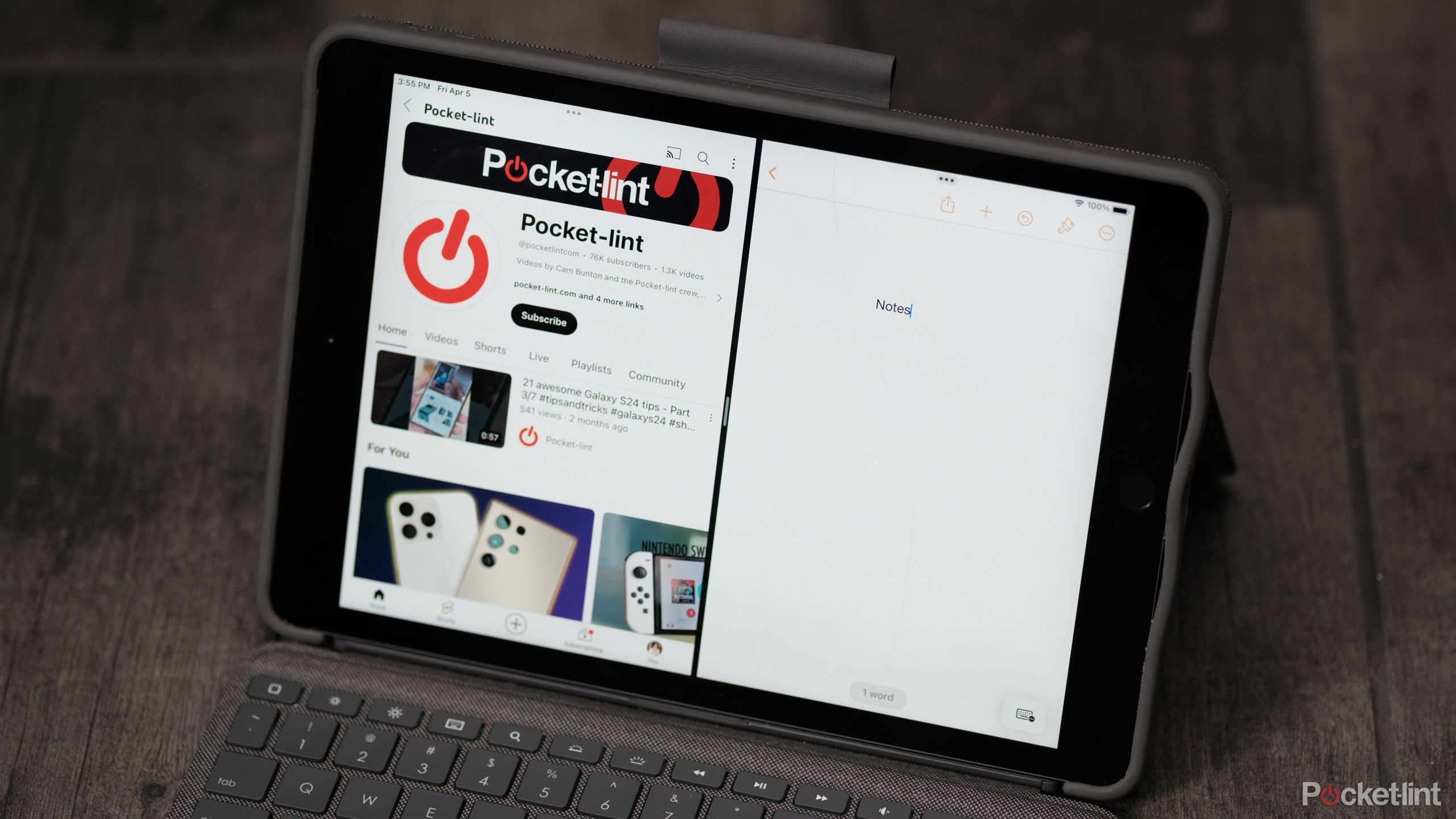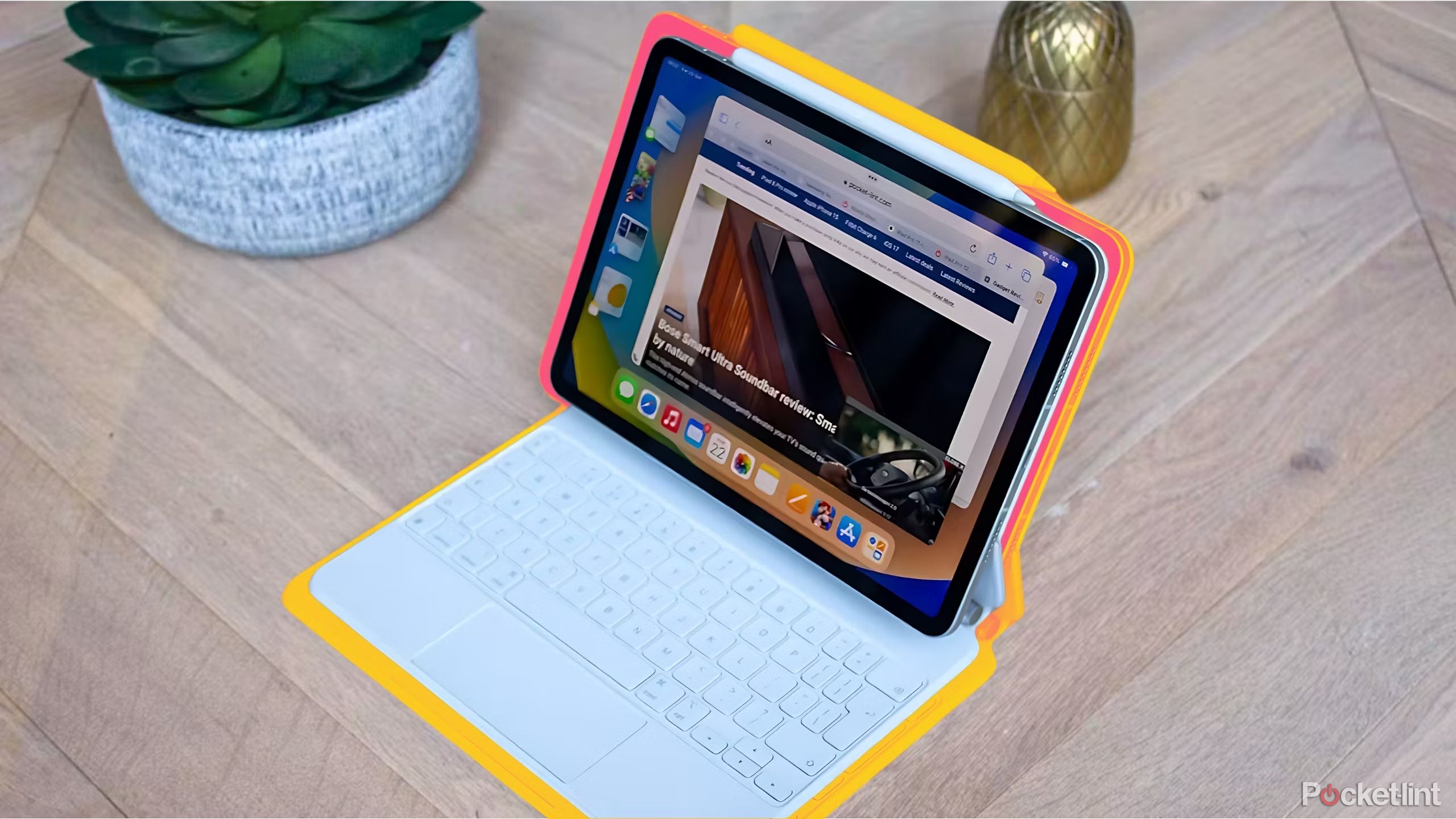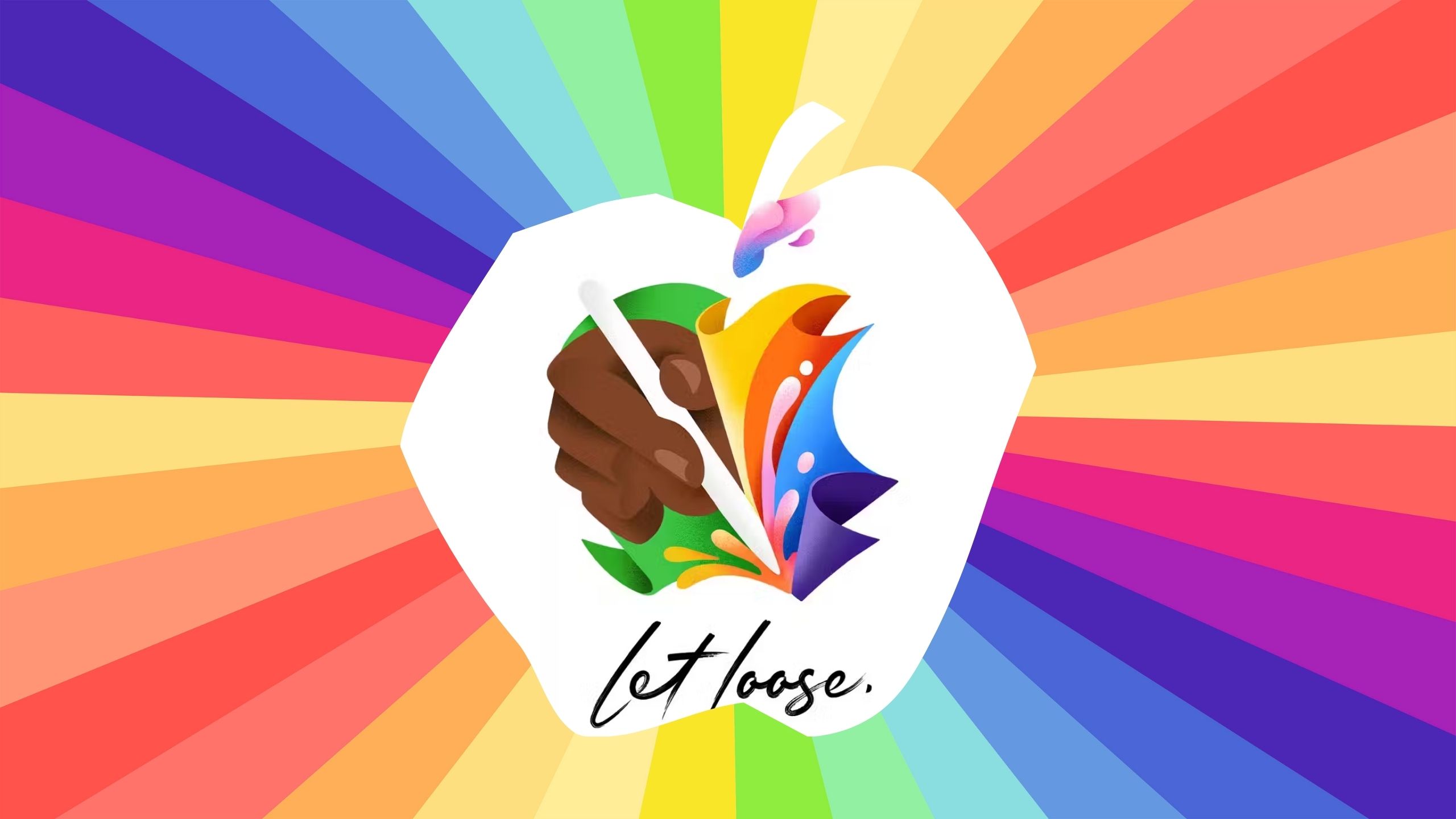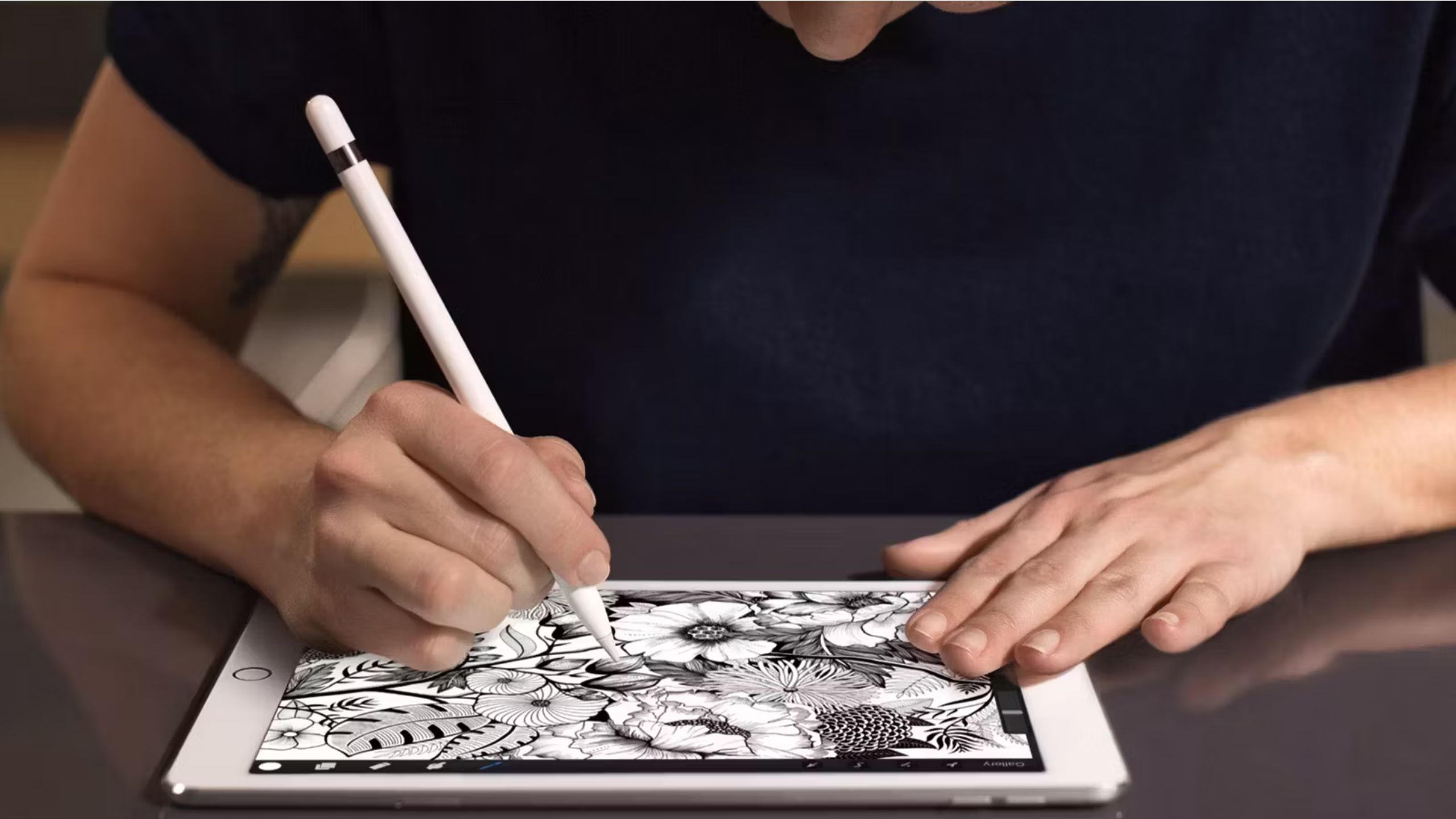Key Takeaways
- After a long hiatus, new iPads focused on creativity are coming on May 7 — with a potential new Apple Pencil.
- Hopefully, Apple shifts its focus to making an iPad a truly specialized tool for creatives, but the dream of making the iPad a computer seems to be fading.
- Sales stagnation and lack of software innovation are causing modern iPads to struggle, despite exceptional hardware improvements.
After a long wait, Apple will announce new iPads on 7 May. The company has been keeping us on our toes when it comes to releasing any new models of its tablets for quite a while now — the last tablet Apple updated was the iPad Pro in October 2022, which was 18 months ago.
Now it seems that the tech giant plans to make up for lost time. The whole “Let Loose” event appears to be centered around the new iPads, and the event graphic itself shows what is probably a new Apple Pencil. Along with the newest rumors of upcoming OLED displays and a refreshed design, significant changes seem to be coming to the whole iPad lineup.
Best tablet: Expert tested and reviewed
The iPad is up there, but it’s not the only option. Based on our testing, these tablets are powerful, portable, and worth the investment.
It would seem that Apple is getting back on track with its tablet section, but something seems off about both the announcement and the recent strategy around the device. After such a long silence, we’re expecting quite big news, but it might also mean a directional change for Apple’s future iPads.
Tablets are dead… once again
The “thing” that saved tablets
Let’s go back a few years to the start of the COVID-19 pandemic. Everyone was working and studying from home, and the demand for devices with a camera and a decent screen was at an all-time high. For parents and older children, laptops were a no-brainer. But tablets were just as useful — either as a cheaper device for younger children or a secondary device for a quick video call.
So, the sales of all tablets, whether those produced by Apple or other manufacturers, skyrocketed. The pandemic was a much-needed revitalization for the tablet industry following years of slowly stagnating sales. Sales in 2020 reached over 70 million units — a huge boost from the estimated 40-45 million iPads sold each year between 2016 and 2019.
Going down again
However, four years since the start of the pandemic, things are starting to look down. The sales numbers for tablets are dwindling once again, with each quarter in 2023 experiencing worse iPad sales than in the corresponding quarters of 2020, 2021, and 2022. It all happened despite both Apple with iPadOS and Google with recent versions of Android for tablets promising to become much more productivity-friendly with emphasis on multitasking and fully-fledged apps. Granted, some of these changes did happen, but they were all just a drop in the sea.
To add on, Apple only made matters worse with its hiatus from updating any of the iPads. However, it could hardly do anything about this stagnation, as Apple sowed its roots years before.
It’s not hardware holding the iPad back
Lately, Apple’s iPad line has treaded similarly to its MacBooks. They went essentially unchanged for years, only receiving better hardware with faster processors, better screens, and general tech improvements. However, these changes didn’t really seem to be reflected in the sales of the iPad line. The sales, not counting the pandemic boom, have been flatlining for years now — no hardware improvements could change that.
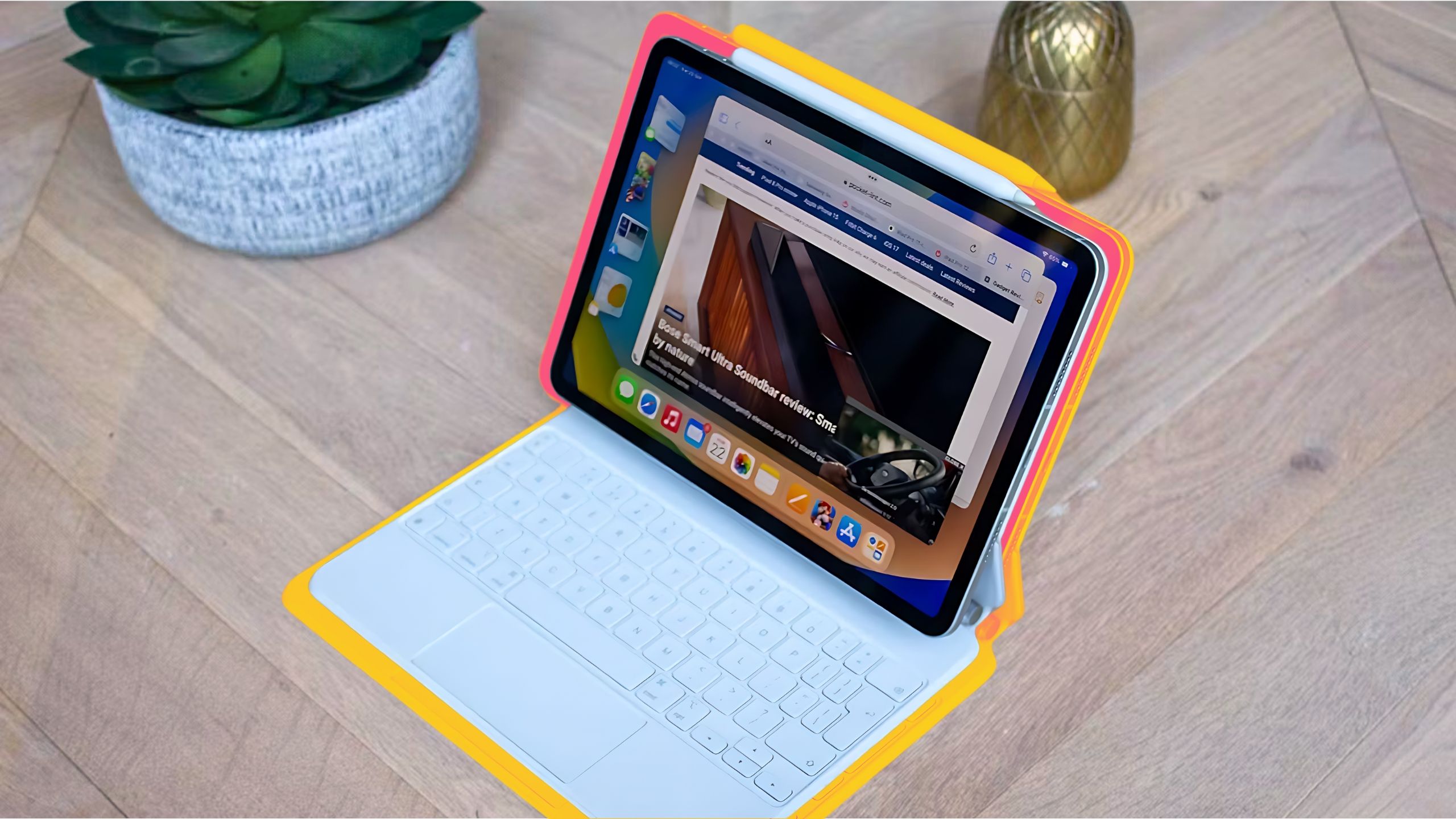
Here’s what I want from Apple’s new iPad Pro line
Apple’s big iPad keynote is set for May 7. I have some thoughts on what these new iPads should bring to the table.
iPads are too good for what they are typically used for
If you’ve used an iPad in the last ten years, you should already know why people are not buying new iPads. The hardware in these machines has been, for years now, much better than what they are actually used for by the majority of casual users. If you take a 2014 iPad Air 2nd gen and start doing the usual tablet things on it, like watching Youtube or Netflix, browsing the web, and playing an occasional mobile game, it would be hard to tell the difference from a newer iPad. Sure, the screen is smaller, the bezels are a tad bigger, and the experience is marginally slower, but for what most people use it for, the old tablet is fine.
This means that there is really no incentive to upgrade an old iPad. Sure, the battery might be a bit outdated, and it doesn’t get software updates anymore, but if it still does all the things that a casual user wants it to do reasonably well, buying a new iPad is the last thing on the to-buy list.
The pros don’t feel the need to upgrade either
That said, iPads aren’t just used at home — they’re a versatile tool for professionals. Unfortunately, even here, Apple seems to have shot itself in the foot with its release of the new iPad Pro in 2018. It’s a stellar machine with fantastic new features and design that still holds up to this day, as the newest iPad Pros still use the same form factor. With its A12X chip inside, it’s still plenty fast enough for graphic design work. That means artists and other creatives who bought it in 2018 really don’t feel any pressure to upgrade, especially because the new iPad Pros offer significant improvements only in the hardware department — a place that doesn’t really matter once you reach a certain level.
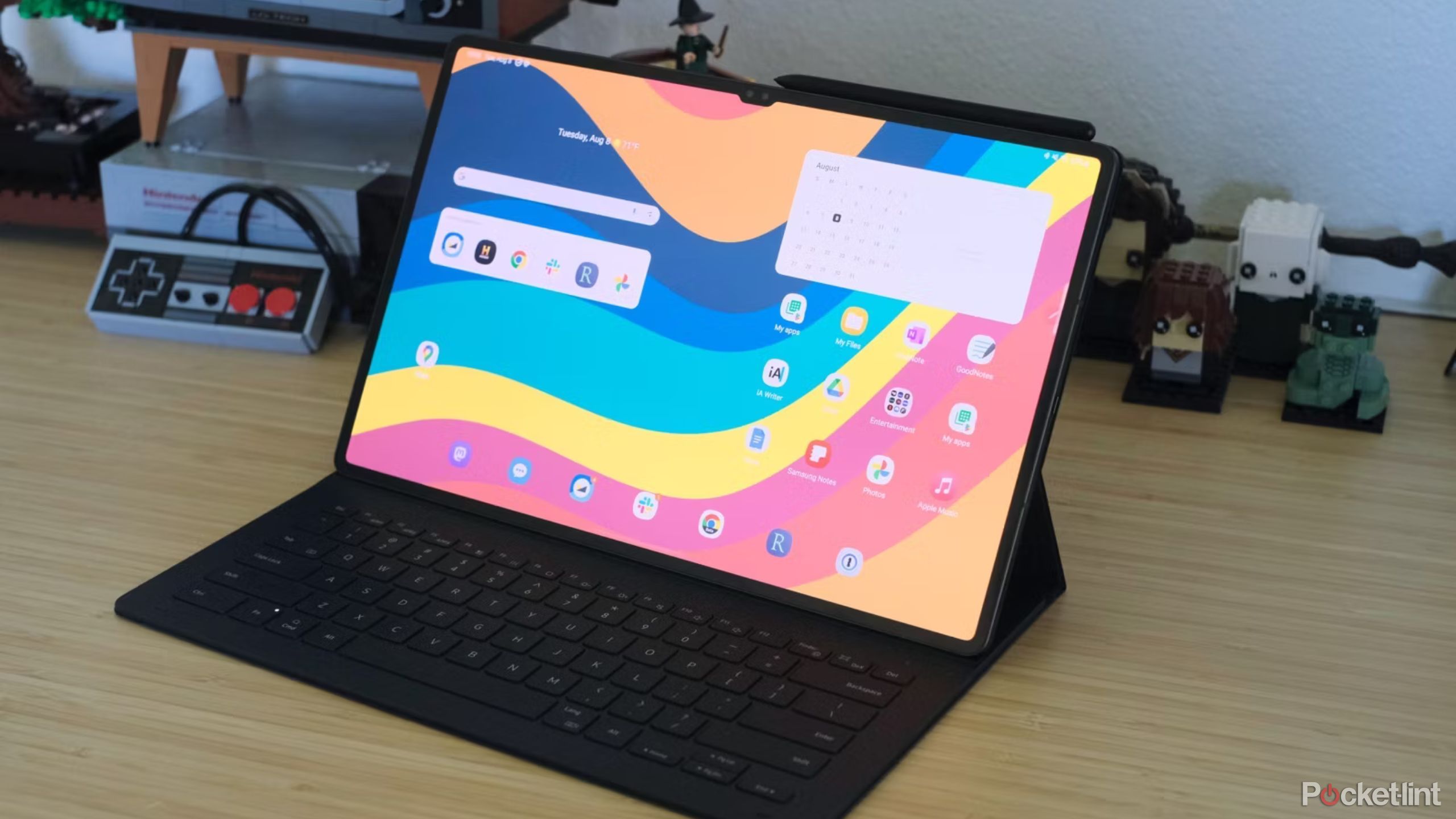
The best tablets for graphic design
Stunning displays with a papery feel bring your graphics to life with these tablets for graphic design
Apple’ software mistakes
Jack of all trades
So, if the hardware isn’t a selling point anymore, what’s the answer? It would seem obvious — software — and Apple has been trying to focus on that aspect since the introduction of iPadOS in 2019. However, it feels like the company missed the mark.
When iPadOS came to be — with each of its subsequent iterations — the message and marketing was simple: the iPad is a desktop replacement. The changes in the software reflected that — iPadOS essentially became a hybrid between a mobile operating system and a desktop one.
That is exactly what made it so unappealing. Apple, at the same time, did too little and too much. By taking a step towards turning the iPad into a laptop replacement, it not only became more expensive and required more accessories, it also started competing with the MacBook. This might have worked, but Apple wasn’t ready to take another step and make iPadOS a true desktop-worthy operating system. It seemed like Apple felt insecure about the iPad being “just” a tablet and felt the need to rebrand it without fully committing to creating a desktop-like experience.
Master of none
The iPad was not a laptop, nor was it a phone — it was a completely different category with different usecases.
Compare this to when Steve Jobs introduced the iPad. The messaging was simple: The iPad was not a laptop, nor was it a phone — it was a completely different category with different usecases. With the release of the Apple Pencil later on, it became clear that iPads were a part of a slimmer niche than the laptop or a phone.
It’s great for drawing, watching movies, or browsing social media on the go — essentially, an in-between device without the ambition to replace neither your laptop nor your phone. What’s more, without the expectations of being laptop-like, the iPad was just fine as a backup device to do a bit of work on. It wasn’t perfect, but you expected it, as it wasn’t being called a laptop and was fine in a pinch. It was the last thing you’d buy in the Apple ecosystem, but it had its niche of hardcore fans.
Unfortunately, Apple changed that messaging, and the iPad became a device that encroached on the MacBook Air’s space. It was supposed to be a lightweight, portable computing device fit for work, school, and entertainment. The problem was, in each of these categories, it couldn’t even begin to compete with a fully-fledged desktop.

My 5 favorite hidden iPad features
From Stage Manger and better multitasking to homescreen widgets, here are the uncommon iPad features I use every day.
So, when Apple started promoting the iPad as a desktop replacement, it gave it a worse rep. It wasn’t a device with a category of its own — it was now competing, and often losing, with true laptops that had real desktop operating systems. The iPad was worse at multitasking, playing games, and running school or work apps. To this day, it runs a mobile operating system trying to offer desktop tools.
The new iPads will not do everything
But, they don’t have to
So, it seems that the last few years, despite Apple doing well on the hardware front, did little to change the trajectory of the iPad line. As an avid tablet-lover, it’s been hard to watch. I’ve loved the iPad form factor for years, but seeing a tablet giant such as Apple fumble it so impressively over the last few years was a sight to behold. Fortunately, it seems that the times are a-changin’.
On 7 May 2024, Apple is going to host another event. This time, all the signs are pointing towards the iPad line being the sole focus, and it seems that the target audience for Apple’s tablets is going to change.

Apple’s May event: New iPads and what else to expect
Apple is finally ready to make some serious upgrades to its iPad lineup.
Of course, there are rumors of new hardware releases in the iPad line, but honestly, all the OLED panels, new designs, or new CPUs are the least important parts of the upcoming announcement. What’s more interesting is the way the announcement of the event is presented, and what the company is teasing.
Apple / Pocket-lint
If you look at the logo for the upcoming Apple event, the message is clear: the company is appealing to the creatives again. The logo is bright and colorful with a teaser for the new generation of Apple Pencil. The same is true for the marketing — mentions of creativity and the new Pencil are everywhere, from the event tagline “Let Loose” to Tim Cook tweeting about the event and teasing the stylus.
So, it seems that Apple is once again giving the iPad more focus with an eye on the creative market. It’s a solid choice for the device: it’s already popular with artists and designers. Catering to this crowd will only increase its popularity, and maybe — finally — give them a reason to upgrade to newer models. Combine it with more specialized software, coming back to what the iPad does best, and there is still a bright future for the iPad line — it’s just not as mainstream as Apple wanted it to be.
Is Apple giving up on the iPad?
After all that, the question remains — is Apple giving up on the iPad already?
Apple
As usual, the answer isn’t a simple yes or no. On the one hand, the effort to make the iPad a more specialized tool for professionals is something that many people expected of Apple. After all, the iPad Pro and the Apple Pencil are already a staple in the graphic design sector with many other industries relying on its stellar stylus input for their work. Therefore, catering to their needs is not only a sound business decision, it’s also sure to retain the core customer base of the more expensive models of the iPad.
The upcoming changes in the line seem more like a return to what worked, namely to calling an iPad a tablet and letting it stay there. Tablets, as a category of devices, do have a smaller customer base. But, these customers also expect them to be better at different things than what people buying laptops or phones expect. Therefore, backing up from the laptop-replacement narrative and focusing once again on being the best productivity tablet is a sign that makes me really hopeful for the future of the iPad.
On the other hand, it seems that the days of the infamous “what’s a computer” ads are long gone, and Apple is slowly giving up on the dream of making the iPad your only computing device. It’s circling back to the original vision of the iPad — an in-between piece of tech that you use when the phone is a bit too small, and the laptop is a bit too clunky. This might feel like giving up, but it might be a strategic retreat instead — especially now that the MacBook Air is such an incredible device in the realm of thin and light laptops.
So, if you’re a casual user, the regular iPad will always be there. Just as before, you’ll be able to buy it and be happy with it for 6, 8, or 10 years to come, watching some Youtube, Netflix, or checking out recipes. If you’re a professional, the higher-tier iPad will be available, and you’ll be better than ever at drawing, designing, and just being slick. It finally feels at peace just being a tablet.
Trending Products

Cooler Master MasterBox Q300L Micro-ATX Tower with Magnetic Design Dust Filter, Transparent Acrylic Side Panel…

ASUS TUF Gaming GT301 ZAKU II Edition ATX mid-Tower Compact case with Tempered Glass Side Panel, Honeycomb Front Panel…

ASUS TUF Gaming GT501 Mid-Tower Computer Case for up to EATX Motherboards with USB 3.0 Front Panel Cases GT501/GRY/WITH…

be quiet! Pure Base 500DX Black, Mid Tower ATX case, ARGB, 3 pre-installed Pure Wings 2, BGW37, tempered glass window

ASUS ROG Strix Helios GX601 White Edition RGB Mid-Tower Computer Case for ATX/EATX Motherboards with tempered glass…


